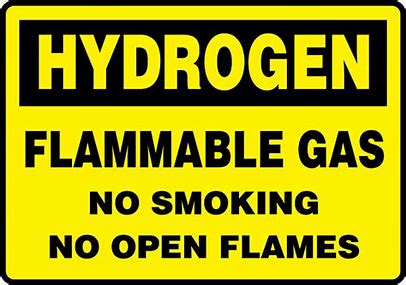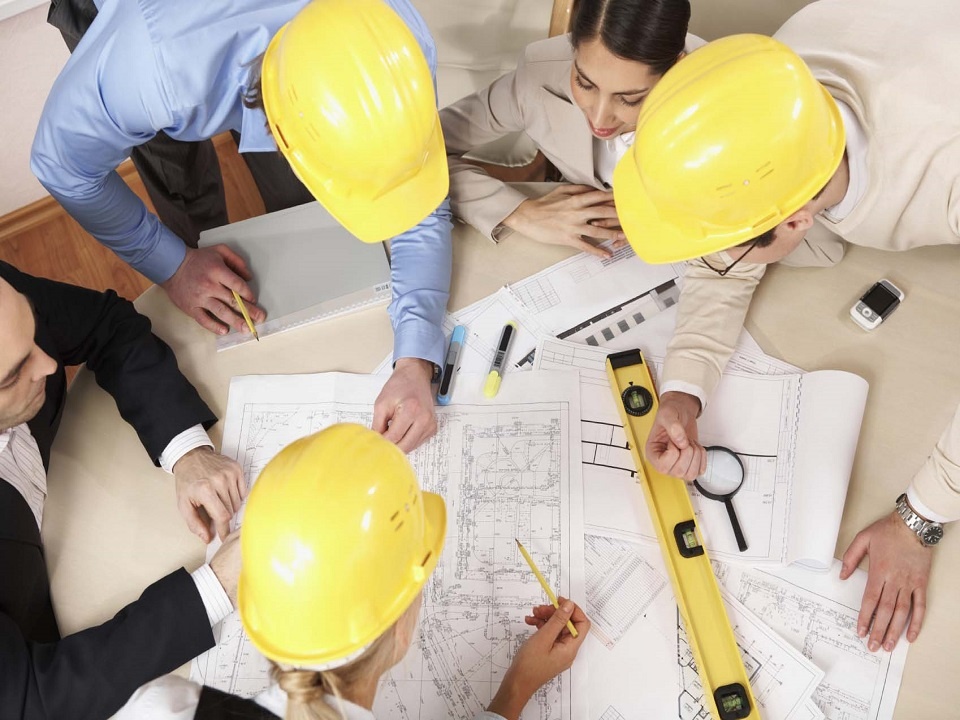Exploring the Different Classes and Zones of Hazardous Area Classification

Key Elements of a Successful HAZID Study in the Oil & Gas Industry
May 31, 2023
A Comprehensive Guide to Process Hazard Analysis
June 2, 2023Exploring the Different Classes and Zones of Hazardous Area Classification
There is no denying that hazardous areas can pose serious risks to human life and property. Given the dangers they present, it is important for organizations to take appropriate safety measures to protect their workers and assets. One of the key elements in ensuring safety in hazardous areas is classification. This involves identifying the potential hazards in a given area and categorizing them based on their properties and characteristics.
In this article, we will be exploring the different classes and zones of hazardous area classification. We will delve into the various categories of hazardous materials, as well as the different types of zones that are used to denote specific levels of risk. We will also discuss best practices for assessing potentially hazardous areas, choosing equipment that is suitable for such environments, and maintaining it effectively. By reading this article, you can expect to gain a thorough understanding of how hazardous areas are classified, why it matters, and how organizations can ensure compliance with relevant regulations.
The Different Classes and Divisions of Hazardous Areas
Understanding the different classes and divisions of hazardous areas is crucial to ensuring safety in these potentially dangerous environments. The National Electrical Code (NEC) has classified hazardous areas into three classes based on the type of hazardous material present- Class I, II, and III.
Class I locations pose a risk of explosion due to flammable gases or vapors present. These are further divided into two divisions based on the likelihood and frequency of an explosive atmosphere occurring- Division 1 being an area where explosive gases are consistently present, while Division 2 is an area where explosive gases are unlikely to be present but may occur under abnormal conditions.
Zone Classification for Hazardous Areas
Hazardous areas are divided into different zones depending on the level of risk associated with them. Each zone is defined by the likelihood and frequency of the presence of explosive gases, dust, or other hazardous substances. The classification system used for hazardous area zones varies by country and region. However, there are typically three classifications: Zone 0, Zone 1, and Zone 2. In general, Zone 0 is the most hazardous area where explosive gases are always present, while Zone 2 is a less hazardous area where explosive gases occur only occasionally or in small amounts. In addition to gas hazards, there are also locations where combustible dust may accumulate. These areas have their own set of classifications based on the concentration and type of combustible dust present. Proper zoning ensures that equipment installed in these areas is rated to operate safely in that particular zone. The ultimate goal is to mitigate risks and ensure worker safety in all hazardous areas.
A Breakdown of the Different Hazardous Area Zones
In hazardous area classification, zones are used to designate the likelihood and extent of an explosive atmosphere. There are three primary zones: Zone 0, Zone 1, and Zone 2.
Zone 0 is a hazardous area where explosive gas is present continuously or for long periods of time. In contrast, Zone 1 is a hazardous area where an explosive gas mixture may occur during normal operation. Lastly, Zone 2 is a hazardous area where an explosive gas mixture is unlikely to occur during normal operations but may appear for short periods.
For combustible dusts, there are also three primary zones: Zone 20, Zone 21, and Zone 22. Similar to gas classifications, these dust classifications designate the likelihood and extent of an explosive atmosphere within different areas.
Understanding these different zone classifications can help in properly identifying and assessing potential hazard areas in the workplace. This knowledge can also help determine which type of equipment would be most appropriate for use in specific zones.
How to Identify and Assess Potential Hazardous Areas
When it comes to identifying and assessing potential hazardous areas, it is important to take a methodical approach. This begins with conducting a thorough site assessment that involves inspecting the area and identifying any materials or substances that could pose a risk.
It is also crucial to consider the likelihood and severity of an incident occurring in a particular area. Factors such as temperature, pressure, and the presence of ignition sources should be taken into account when determining the level of risk. Additionally, it is important to assess any potential sources of release or leaks, as well as any ventilation systems in place that could potentially spread hazardous materials.
By taking these factors into consideration, companies can develop an accurate understanding of the hazards present in different areas. This information can then be used to develop appropriate safety protocols and select equipment that is specifically designed for use in hazardous environments.
Choosing the Right Equipment for Hazardous Areas
One of the most critical aspects of ensuring safety in hazardous areas is choosing the right equipment. The equipment used in hazardous areas must be designed to withstand harsh conditions and prevent ignition sources that can lead to catastrophic explosions.
When selecting equipment for a hazardous area, it is essential to consider several factors, including the classification of the area, type of hazard present, and operating conditions. For instance, intrinsically safe equipment is suitable for use in Zone 0 and Zone 1 areas where there is a high probability of explosive gases or vapors. On the other hand, flameproof equipment is ideal for use in Zone 1 and Zone 2 areas with low or moderate probabilities of explosive gas and vapor presence.
In addition to selecting appropriately rated equipment, regular maintenance checks are necessary to ensure their continued safe operation. Regular inspection can reveal hidden issues that may compromise safety and provide an opportunity for preventative maintenance measures before disasters occur.
The responsibility falls on employers as much as employees to ensure proper protective measures are taken by selecting appropriate hazard-specific safety gear as well as fire prevention systems such as alarms; adequate labeling; signage; ventilation; etc., leveraging cutting edge technology wherever possible. Choosing high-quality equipment is not only essential for risk reduction but also boosts employee morale by demonstrating a commitment to their safety from management.
Maintaining Hazardous Area Equipment: Best Practices
Proper maintenance of hazardous area equipment is crucial in ensuring the safety of personnel and the effectiveness of the equipment. Regular inspections, testing, and cleaning should be performed to keep the equipment in optimal condition. Any faults or damages should be immediately addressed to prevent potential hazards.
One best practice for maintaining hazardous area equipment is to schedule routine inspections and maintenance checks. This includes checking for any signs of wear and tear, corrosion, or damage. In addition, it is important to ensure that all seals and gaskets remain intact to prevent any leaks or explosion risks.
Another important best practice is to use only approved spare parts when repairing or replacing components. These parts are specifically designed for use in hazardous areas and have been tested and certified for their safety. Using non-approved parts can lead to potential hazards that could have been avoided.
Lastly, proper training should be provided to those responsible for maintaining hazardous area equipment. This includes knowledge of proper procedures for handling potentially dangerous materials, as well as understanding the specific requirements for maintaining different types of equipment.
In summary, following best practices for maintaining hazardous area equipment is essential in preventing accidents and ensuring the safety of personnel working in these areas. By staying vigilant with routine inspections and adhering to proper maintenance procedures, potential hazards can be identified early on and addressed before they become a danger.
Understanding the Importance of Training and Certification
When it comes to working in hazardous areas, training and certification are crucial. Hazardous areas require specialized knowledge and skills to ensure safety for workers and the environment. Workers must be trained in hazard identification, risk assessment, equipment operation, and emergency response procedures.
Certification programs ensure that workers have received adequate training and can demonstrate their understanding of safety protocols. It’s important to note that certification requirements vary depending on the country, region or industry. Employers must ensure that their workers are properly certified before sending them to work in hazardous areas. Workers should take advantage of opportunities for ongoing education and training to stay current with regulations as they change over time.
The Consequences of Neglecting Hazardous Area Classification
Ignoring hazardous area classification can lead to dire consequences. Failure to recognize and protect against potential hazards within a hazardous area can put lives at risk, cause property damage, and result in legal repercussions. In addition, neglecting proper classification can lead to higher insurance premiums, lost productivity due to equipment failure or shutdowns, and increased costs associated with accidents.
Furthermore, non-compliance with regulatory requirements can result in hefty fines and even criminal charges. Lack of proper training for personnel working in hazardous areas can also contribute to accidents and injuries. Proper hazard assessment and classification is not only necessary for safety but also for the smooth functioning of industrial processes. Neglecting this crucial aspect of safety management is simply not an option.
Conclusion: Embracing Safety Measures in Hazardous Areas.
In conclusion, the importance of understanding and implementing proper hazardous area classification cannot be overstated. The potential dangers of neglecting these safety measures can be disastrous, both in terms of human life and property damage. However, by following the guidelines set forth by organizations such as NFPA and OSHA, and utilizing certified equipment in hazardous areas, we can create a safer work environment for all. By embracing safety measures and staying vigilant with maintenance and training, we can mitigate potential hazards and ensure that our workplaces are secure for years to come.
At TSM TheSafetyMaster Private Limited we offer following services
TSM TheSafetyMaster® Private Limited
Unit No 221-451-452, SPL1/J, 2nd & 4th Floor, Sunsquare Plaza Complex, RIICO Chowk, Bhiwadi 301019, Rajasthan, India
Phone: +91 1493 22 0093
Mobile: +91 7665231743/9413882016
Email: info@thesafetymaster.com




